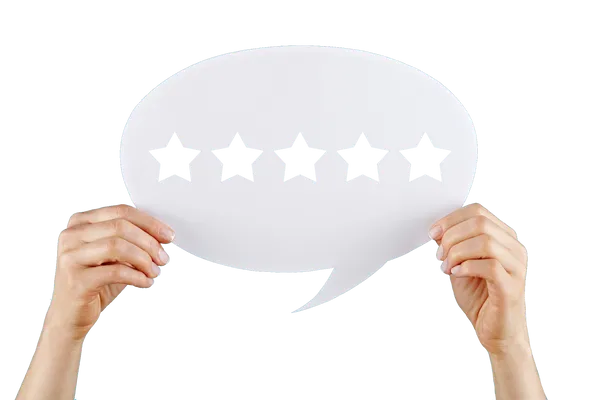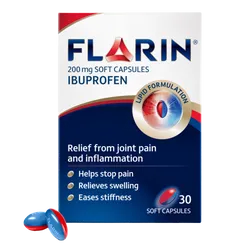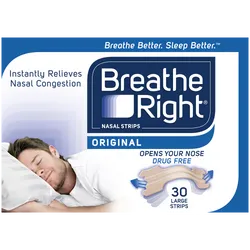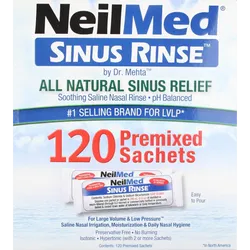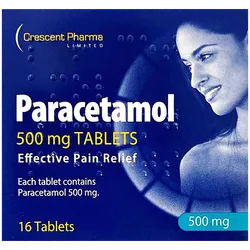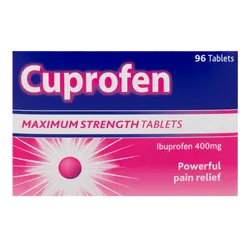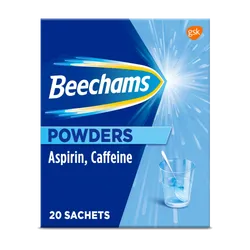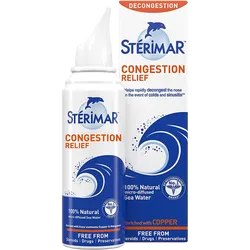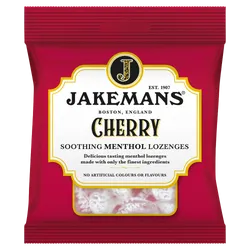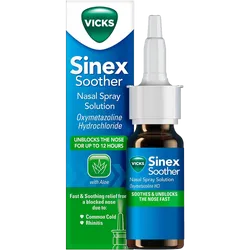This medicine is suitable for most people but a few people should not use it. If you are in any doubt, talk to your doctor or pharmacist.
Do not give your child this medicine:
- If s/he has ever had a bad reaction to any of the ingredients.
- If s/he is taking anything else with paracetamol in it.
- If s/he weighs less than 4 kg.
- If s/he was born early (before 37 weeks).
If any of these applies, get advice from a doctor or pharmacist without using Calpol.
Talk to your doctor or pharmacist:
- If your child has serious kidney or liver problems.
- If your child has an inherited intolerance to fructose or been diagnosed with an intolerance to some other sugars.
- If your child is taking any other medicines including:
- metoclopramide or domperidone (used to treat nausea and vomiting)
- colestyramine (used to treat high cholesterol)
- anticoagulants (drugs that thin the blood, such as warfarin)
- anticonvulsants (drugs to treat epilepsy)
If you are not sure about the medicine your child is taking, show the bottle or pack to your pharmacist.
If any of these bullet points apply, talk to a doctor or pharmacist.
The following additional warnings are included in case an adult takes this product:
- You can use this medicine while you are taking oral contraceptives (‘the pill’), but it may not work so well on your pain or fever.
- If you drink large amounts of alcohol, you may be more open to the side effects of paracetamol.
- Ask your doctor or pharmacist for advice before taking this medicine if you might be pregnant or breast-feeding.
Some of the ingredients can cause problem
- Methyl (E218), propyl (E216) and ethyl (E214) parahydroxybenzoate may cause allergic reactions which could possibly be delayed.
- The sucrose and sorbitol (E420) content of this product means that this product is unsuitable for people with inherited intolerance to fructose.
- This medicine contains 2.2 g of sucrose per 5 ml. This should be taken into account in patients with diabetes mellitus.
- Carmoisine (E122) may cause allergic reactions.
Ask a pharmacist to recommend a suitable product.
Speak to your doctor:
- If your baby needs more than the doses shown in the table, or if fever doesn’t go away, speak to your doctor as soon as possible.
- If you are not sure of the cause of your child’s illness or it is accompanied by a rash, breathing difficulties, diarrhoea or excessive tiredness or lethargy, speak to your doctor straight away. Do not give Calpol until you get medical advice.
Immediate medical advice should be sought in the event of an overdose, even if the child seems well, because of the risk of delayed, serious liver damage.
If you forget to give the medicine, give the next dose when needed, provided that the last dose was given at least 4 hours ago.
Do not give a double dose.
Possible side-effects
Calpol Infant Suspension can have side-effects, like all medicines, although these don’t affect everyone and are usually mild.
Tell your doctor as soon as possible if you notice any of these:
- allergic reactions including swelling of the face, tongue or throat, difficulty swallowing, unexplained wheezing, shortness of breath which may be accompanied by skin rash or hives.
- becoming unusually tired, unexpected bruising or bleeding and getting more infections (such as colds) than usual. These are very rare effects in people taking paracetamol.
If your child shows any of these signs, stop giving paracetamol and talk to a doctor.
Long term use: People who use medicines containing paracetamol every day for a long time (several months or more) could get certain side effects, including liver and kidney damage. People taking paracetamol in the usual way for shorter periods have not had these problems.
Keep the product out of the reach and sight of children.
Do not store above 25°C.
Keep sachets in the outer carton.
Do not use after the end of the month shown as an expiry date on the packaging.
Medicines should not be disposed of via wastewater or household waste. Ask your pharmacist how to dispose of medicines no longer required. These measures will help to protect the environment.
